Text
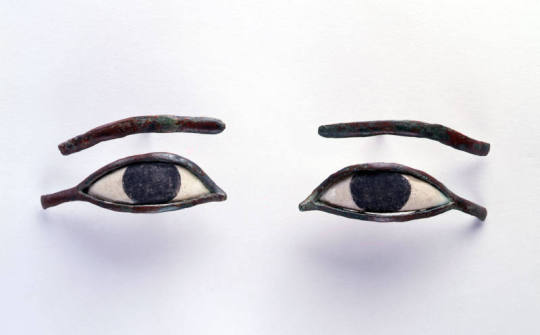
~ Pair of Eye Inlays.
Place of origin: Egypt
Period: Late Period, 25th-26th Dynasty
Date: 722-525 B.C.
Medium: Stone, alabaster, pigment.
#ancient#ancient art#history#museum#archeology#ancient egypt#ancient sculpture#ancient history#archaeology#egyptology#Egyptian#Egypt#pair of eye inlays#late period#25th dynasty#26th Dynasty#722 b.c.#525 b.c.
1K notes
·
View notes
Text
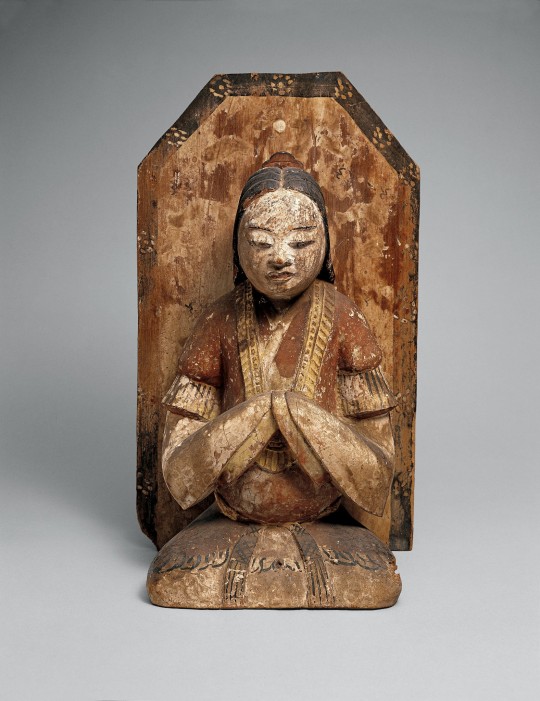
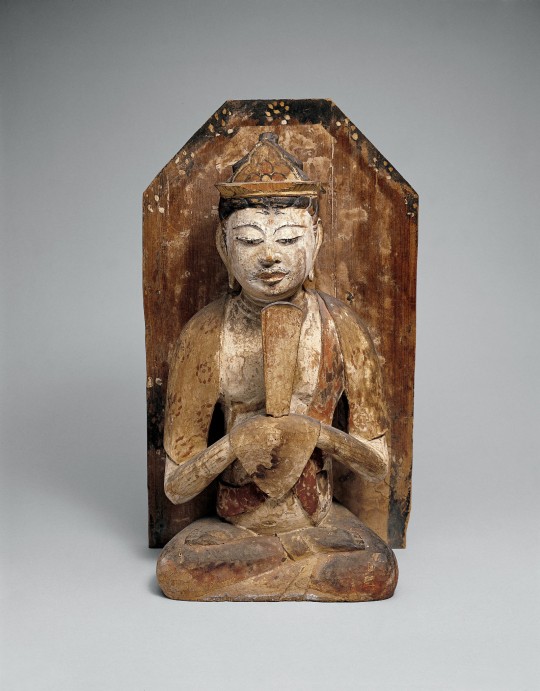
~ Shinto Goddess and Shinto God.
Date: 12th-13th century
Place of origin: Japan
Medium: Wood with color
#history#museum#archeology#sculpture#history of art#shinto goddess#shinto#shinto god#japanese art#japan#japanese#asian art#wood#12th century#13th century
502 notes
·
View notes
Text
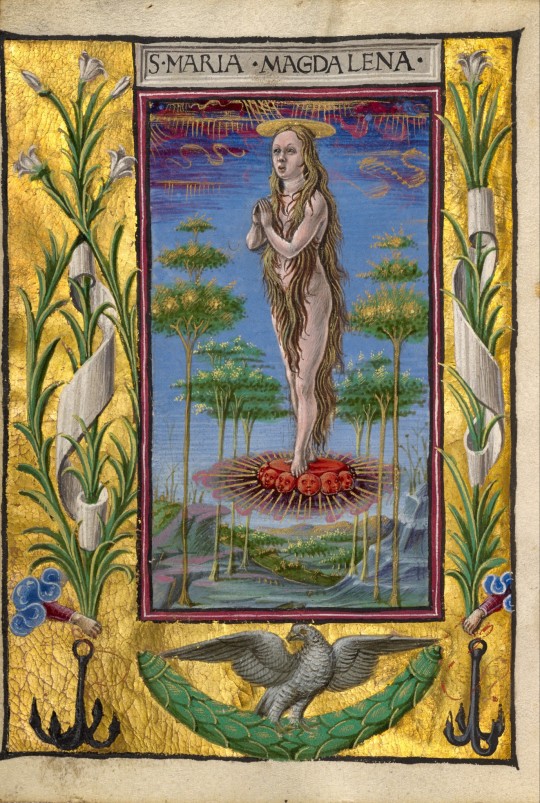
~ Mary Magdalene Borne Aloft.
Artist/Maker: Taddeo Crivelli (Italian, died ca. 1479, active about 1451-1479)
Date: ca. 1469
Place of origin: Ferrara, Emilia-Romagna, Italy
Medium: Tempera colors, gold paint, gold leaf, and ink.
#history#museum#15th century#15th century art#middle ages#illuminated manuscript#illuminated#book of hours#folio#manuscript#mary magdalene#maria magdalena#Taddeo Crivelli#getty#ca. 1469
519 notes
·
View notes
Text

~ Nose Ornament.
Date: A.D. 2nd–6th century
Placeoforigin: Perú
Culture: Vicús
Medium: Gold
#ancient#ancient art#history#museum#archeology#archaeology#nose Ornament#south america#peruvian#peru#pre columbian#gold#vicús#feline#cat#2nd century#6th century
841 notes
·
View notes
Text
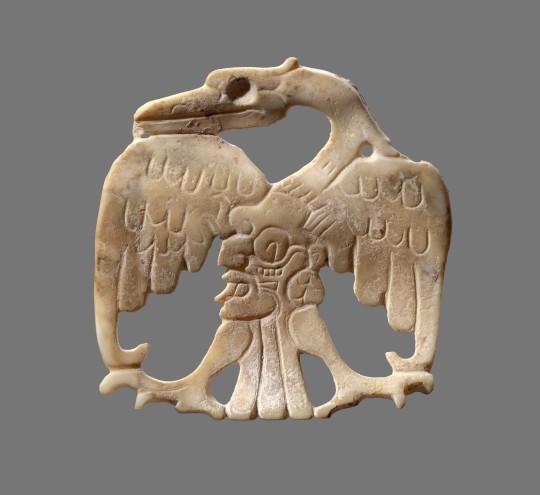
~ Bird ornament.
Date: A.D. 600–800
Place of origin: Guatemala or Mexico, Mesoamerica
Culture: Maya
Medium: Shell
#history#museum#archeology#archaeology#Mesoamerica#precolumbian#bird ornament#guatemala#mexico#7th century#9th century#shell#maya#a.d. 600#a.d. 800
1K notes
·
View notes
Text
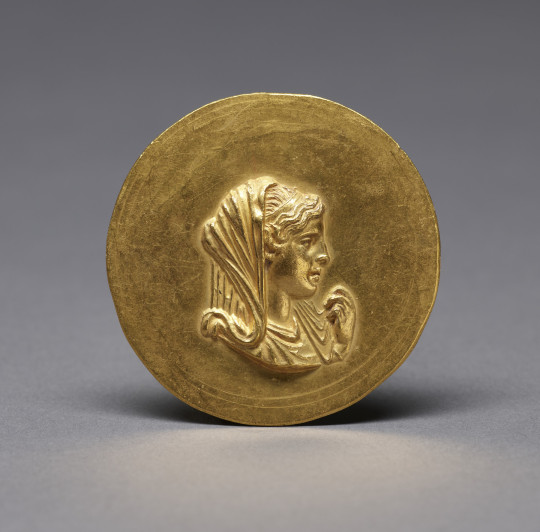

~ Medallion with Olympias.
Date: ca. A.D. 215-243
Period: Imperial Roman
Medium: Gold
#ancient#ancient art#history#museum#archeology#ancient history#roman#archaeology#Roman Empire#Medallion with Olympias#olympias#gold#imperial Period#ca. A.D. 215#ca. A.D. 243
935 notes
·
View notes
Text



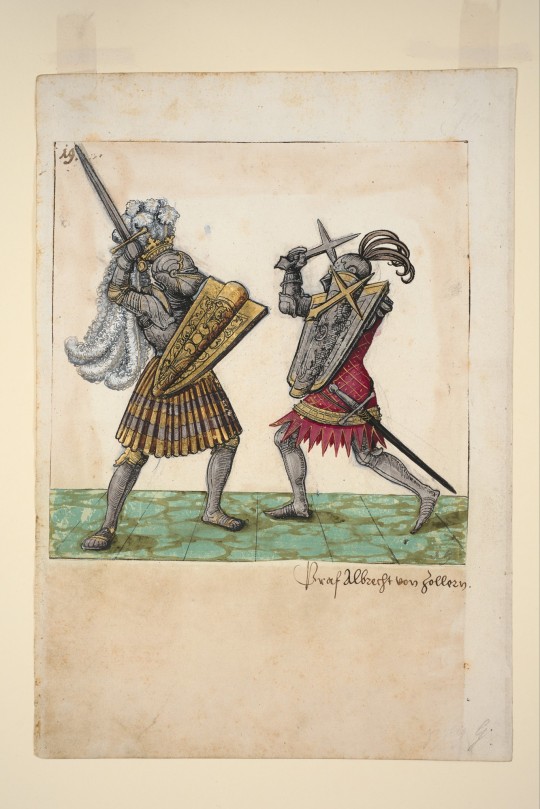
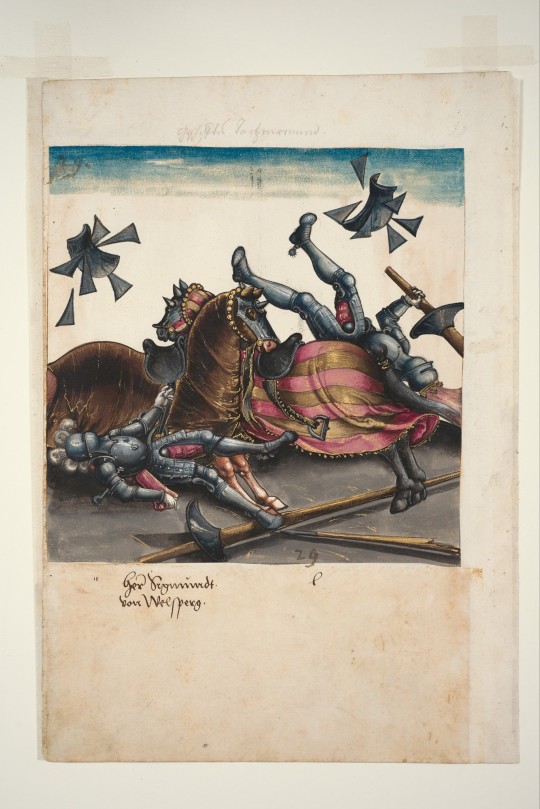
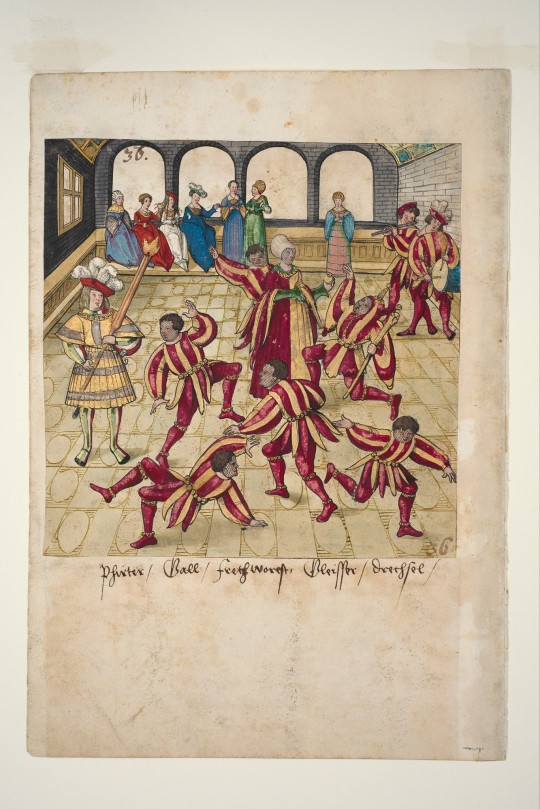
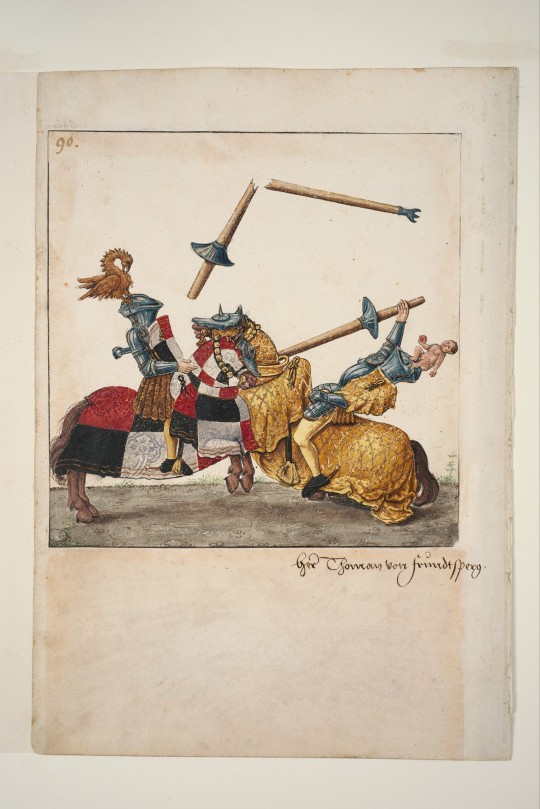
~ "Freydal": Tournament book of Emperor Maximilian I.
Culture: South German
Date: A.D. 1512-1515
Medium: 255 gouaches heightened with gold and silver in leather strap: paper; leather.
• From the source: The "Freydal" describes the tournaments during Maximilian's knightly love journey.
#history#museum#16th century#renaissance#freydal#tournament#horses#competition#Maximilian I#book#antique book#gouache#a.d. 1512#a.d. 1515
408 notes
·
View notes
Text

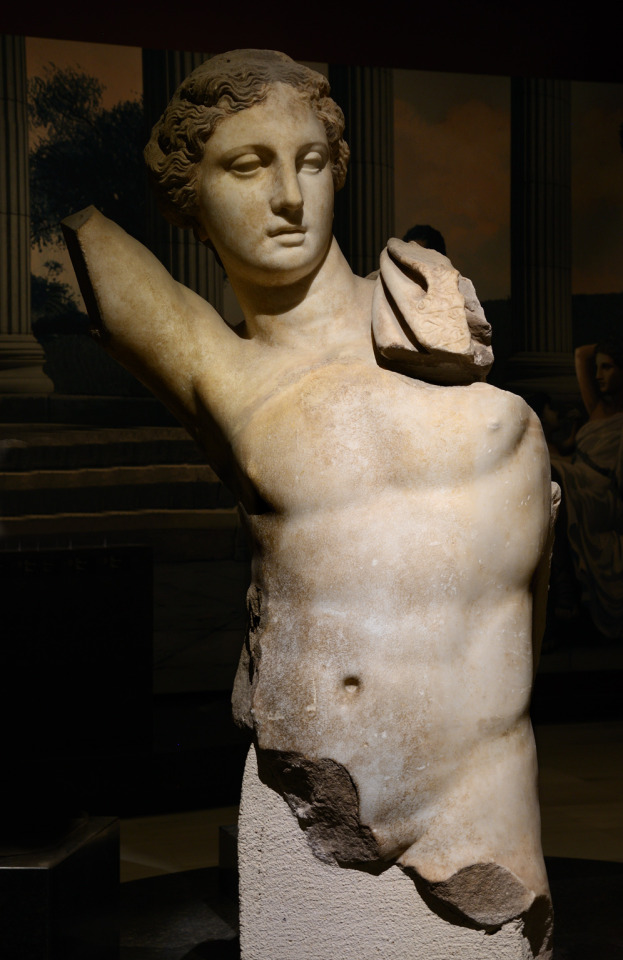


~ Apollo.
Period: Roman
Provinience: Istanbul, Archaeological Museum.
Medium: Marble
#ancient#ancient art#history#museum#archeology#ancient sculpture#ancient history#roman#archaeology#sculpture#apollo#marble
850 notes
·
View notes
Text
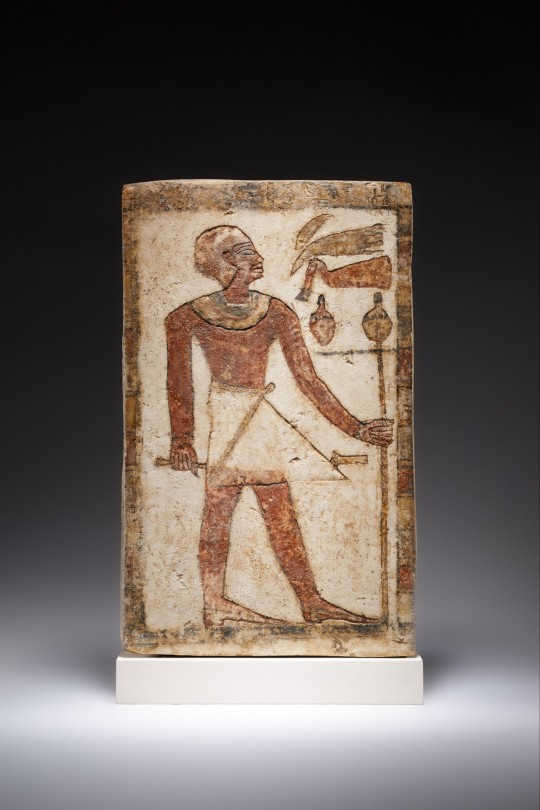
~ Stela of a Man.
Period: Middle Kingdom, 11th Dynasty
Date: ca. 2030–1981 B.C.
Place oforigin: Egypt, Upper Egypt, Thebes, Deir el-Bahri, Cemetery 100, Tomb TT 114, MMA excavations, 1926–27
Medium: Limestone, paint
#ancient#ancient art#history#museum#archeology#ancient egypt#ancient sculpture#ancient history#archaeology#egyptian#egyptology#Egypt#stela of a man#11th Dynasty#middle kingdom#thebes#ca. 2030 b.c.#ca. 1981 b.c.
601 notes
·
View notes
Text
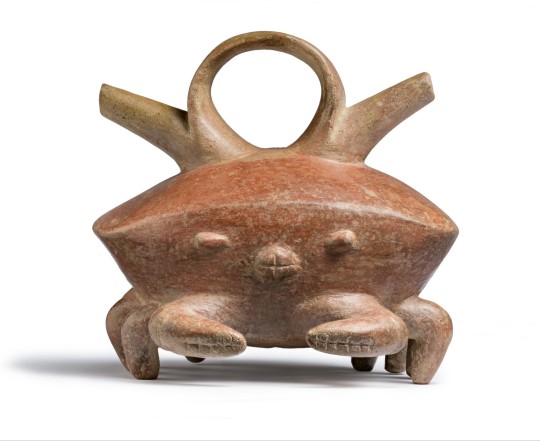

~ Crab Vessel with Double Spout.
Place of origin: Colombia, Calima Region
Period: Ilama Period
Date: 1500 B.C.-A.D. 100
Medium: Ceramics
#ancient#ancient art#history#museum#archeology#ancient history#archaeology#ancient pottery#pottery#south america#crab#crab vessel#calima#Colombia#pre columbian#Ilama Period#1500 b.c.#a.d. 100
15K notes
·
View notes
Text





~ Young Girl (portrait, hair, in the style of Antonia the Younger).
Period: Imperial Roman
Date: A.D. 1-25
Place of origin: Italy
#ancient#ancient art#history#museum#archeology#ancient sculpture#ancient history#archaeology#Imperial#roman#roman empire#ancient rome#young girl#antonia the younger#italy#a.d. 1#a.d. 25#1st century
314 notes
·
View notes
Text


~ Pair of Architectural Reliefs with Elephants.
Date: A.D. 80–100
Culture: Roman
Place of origin: Western Roman Empire
Medium: Italian marble
#ancient#ancient art#history#museum#archeology#ancient sculpture#ancient history#archaeology#getty#western roman empire#roman#architectural relief#elephants#a.d. 80#a.d. 100#Italian marble
1K notes
·
View notes
Text

~ Man and woman in loving embrace.
Place of origin: Iraq, Nippur
Period: Achaemenid Period
Date: 450 B.C.
Culture: Near Eastern
Medium: Terracotta
#ancient#ancient art#history#museum#archeology#ancient sculpture#ancient history#archaeology#man and woman in a loving embrace#man#woman#love#hug#embrace#nippur#iraq#near east#near eastern#achaemenid#450 b.c.
938 notes
·
View notes
Text


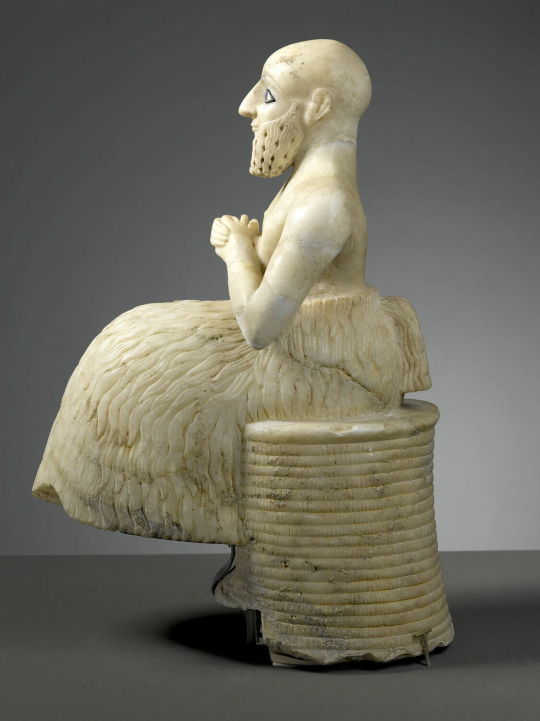
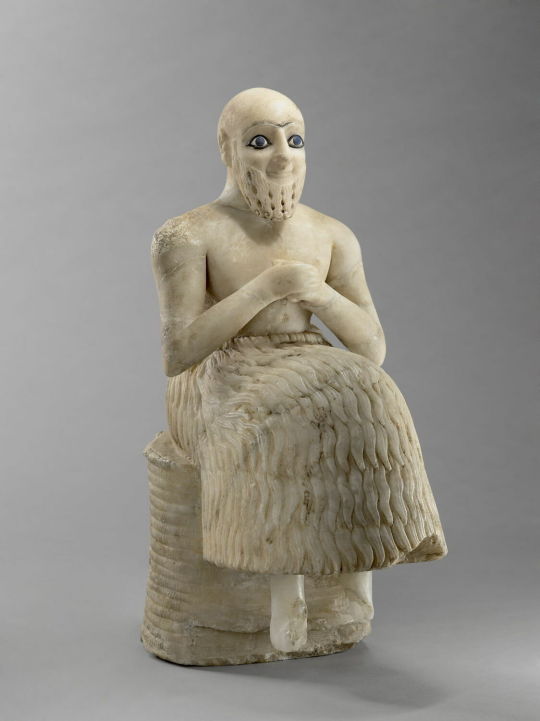

~ Statue of the intendant Ebih-Il.
Place of discovery: Mari temple of Ishtar courtyard 20
Date: 2500-2340 B.C.
Period: Archaic dynasty IIIB
Medium: Alabaster, shell, lapis lazuli, bitumen
▪︎ Inscription/Dedication (in Akkadian): "Statue of Ebih-Il, the Steward, to Ishtar he dedicated it".
#ancient#ancient art#history#museum#archeology#ancient sculpture#ancient history#archaeology#assyria#akkadian#statue of intendant#mari temple of Ishtar#Ebih-Il#praying#dedication#2500 b.c.#2340 b.c.
975 notes
·
View notes
Text
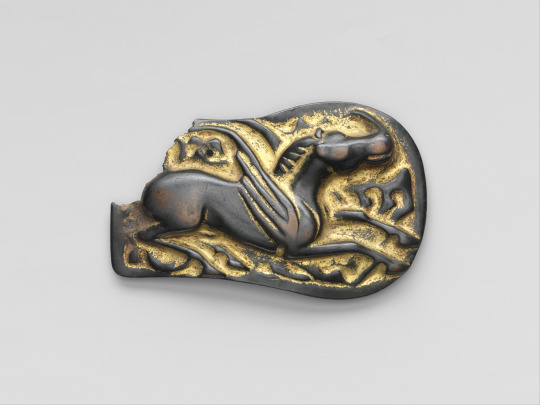

東漢(鮮卑文化) 鎏金翼馬紋銅飾板
~ Plaque with a Winged Horse.
Period: Eastern Han dynasty (25–220), Xianbei culture
Date: 1st century
Culture: North China
Medium: Gilt bronze
#ancient#ancient art#history#museum#archeology#ancient history#archaeology#china#chinese#ancient china#winged horse#horse#plaque with a winged horse#plaque#eastern han dynasty#xianbei#1st century
887 notes
·
View notes
Text

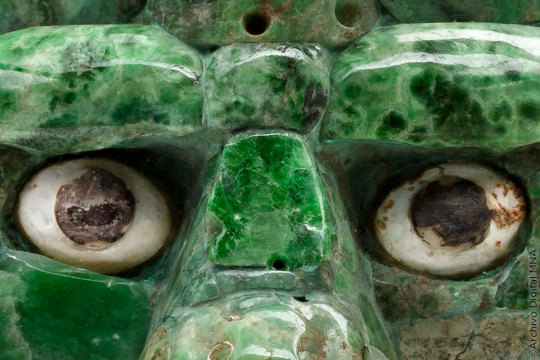
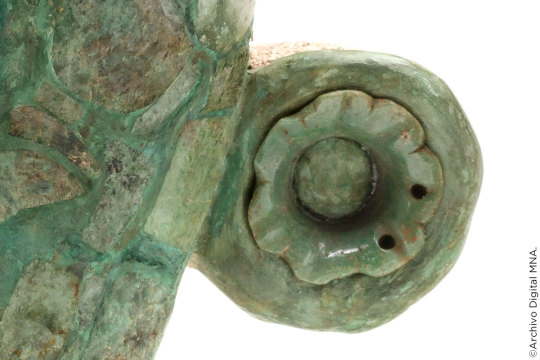


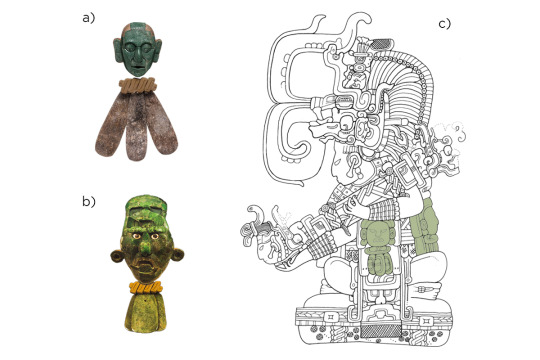
~ The royal belt of Calakmulhul.
▪︎ Towards mid-November 1988, researchers from the Calakmul Project discovered in Building III a crypt that housed the remains of an ancient sovereign accompanied by a modest funerary trousseau. Among the objects deposited in the tomb were three green stone masks. One must have been placed on his face, the other two smaller ones were interpreted as medallions or pectorals.
The belt was part of the dignitaries' attire, as can be seen in some steles. It was made up of a small mask from which three green stone axes hung. The masks represented deities or embodied ancestors. The axes, when hitting each other, generate a tinkling sound that is heard like the murmur of the wind. By wearing the belt, the rulers were transfigured into the axis mundi , in the center of the Universe.
#history#museum#archeology#archaeology#the royal belt of calakmul#calakmul#masks#ancient#ancient art#ancient history#pectoral#axis mundis#mexican#mexico#Mesoamerica#pre columbian
1K notes
·
View notes
Text
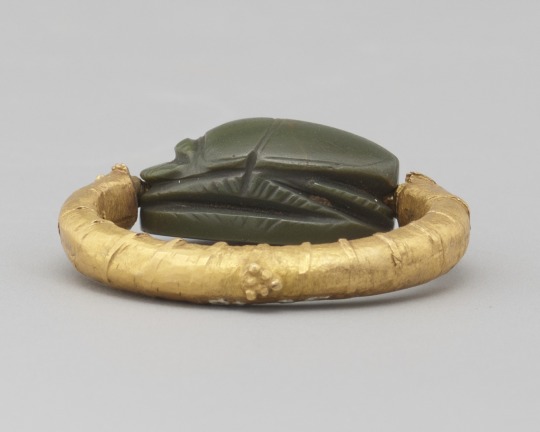
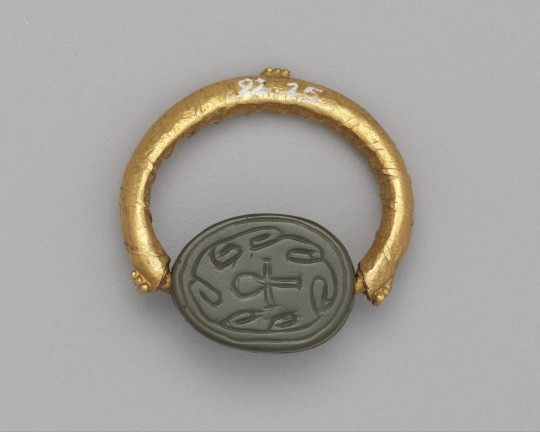
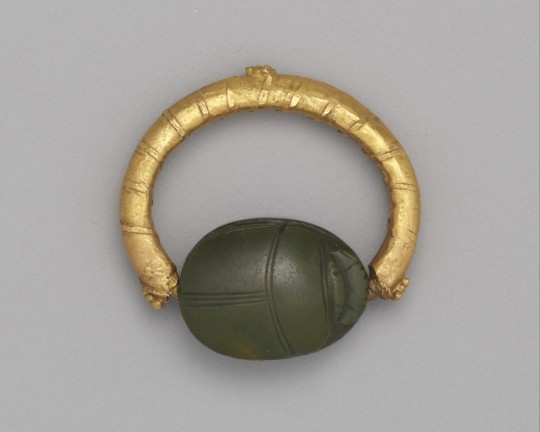

~ Ring with a Scarab Bezel.
Place of origin: Egypt
Date: 1985–1550 B.C.
Medium: Gold and green jasper.
#ancient#ancient art#history#museum#archeology#ancient egypt#ancient history#archaeology#ancient jewelry#ring#ring with scarab bezel#scarab#gold#green jasper#1985 b.c.#1550 b.c.
1K notes
·
View notes